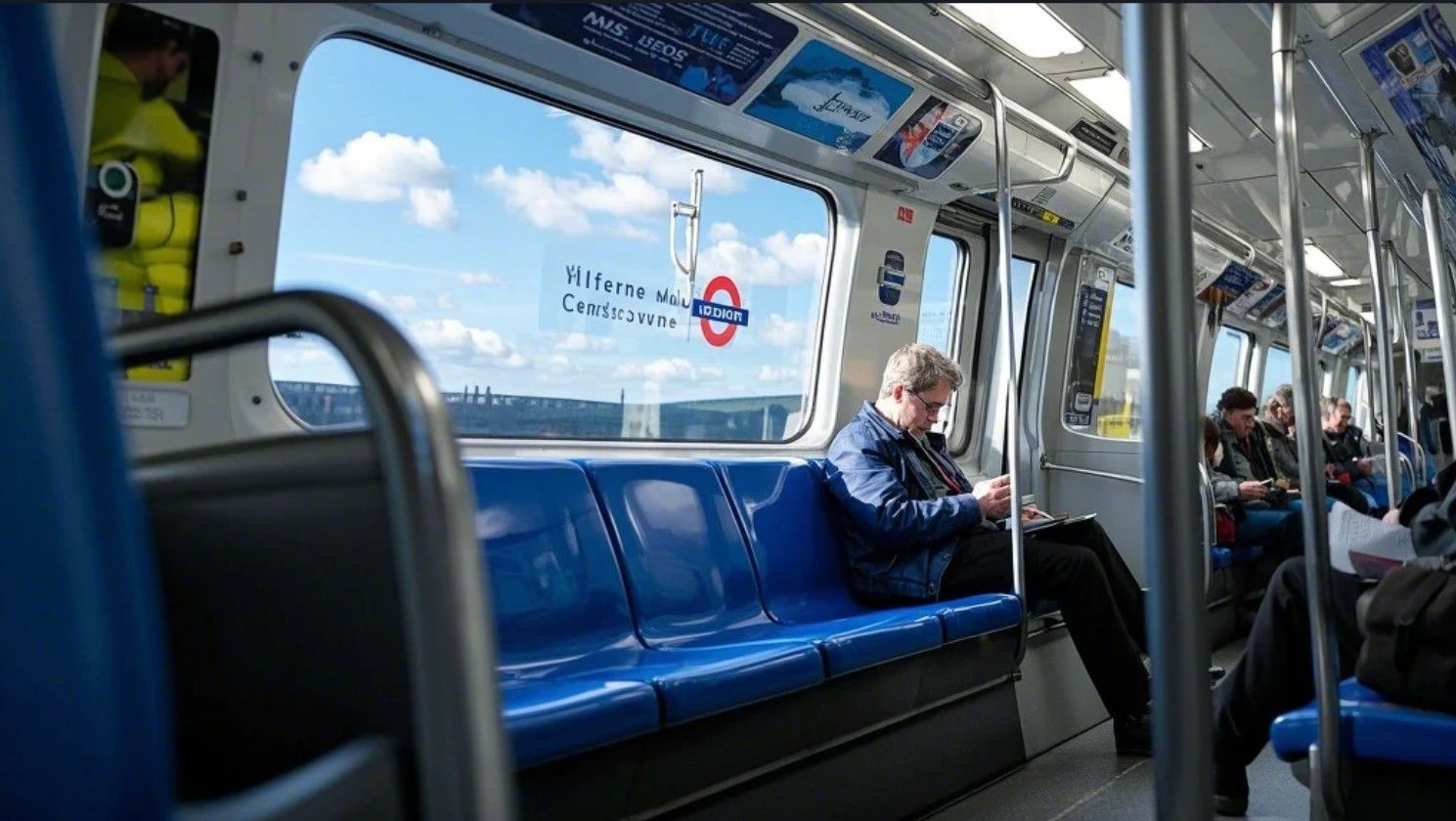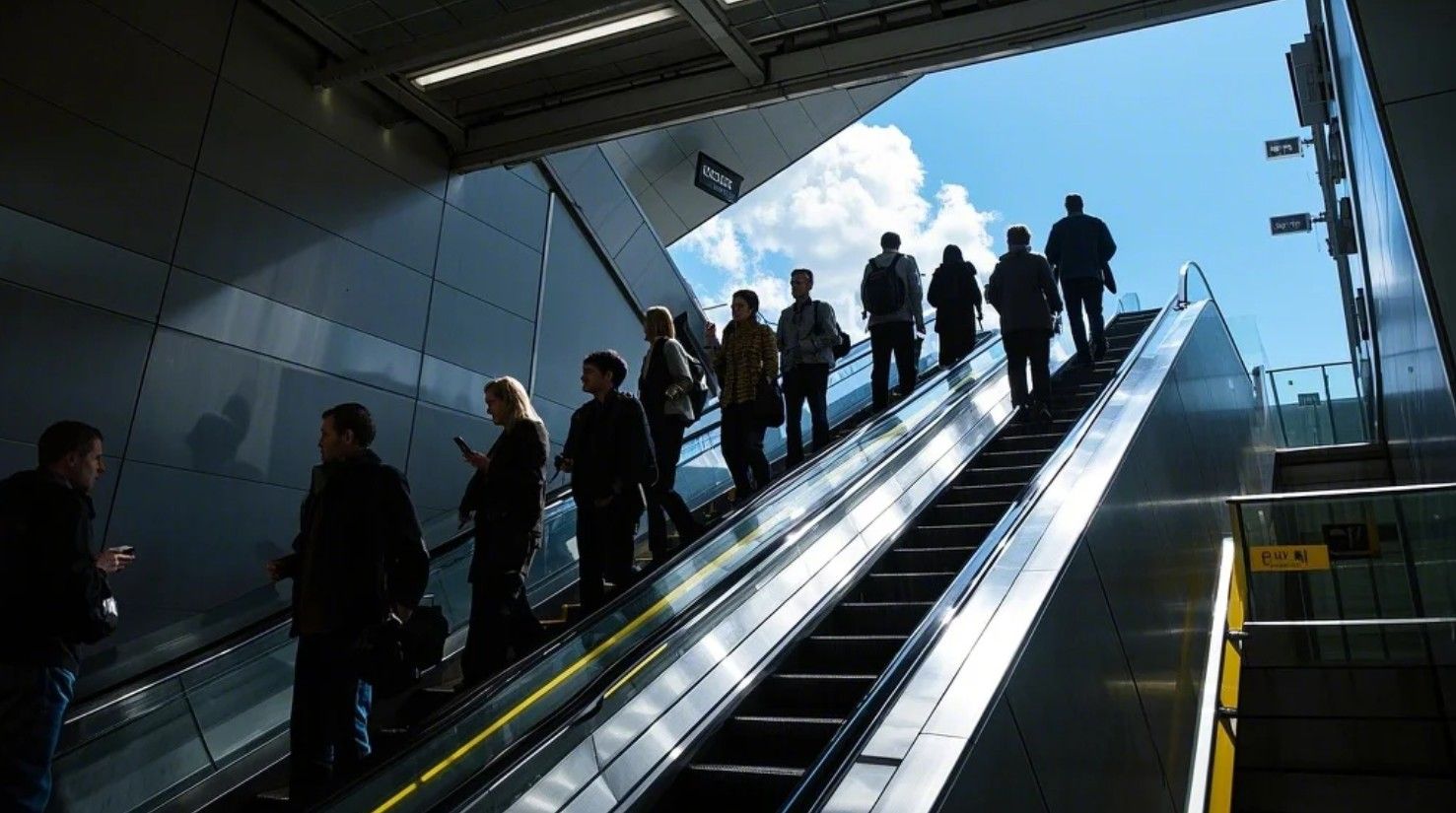Navigating the London Underground Like a Pro
| The London Underground, affectionately known as the "Tube," is one of the most iconic and efficient public transportation systems in the world. With its extensive network of 11 lines and 270 stations, it serves as the lifeblood of London, connecting millions of commuters, tourists, and locals every day. However, for first-time visitors, the Tube can seem overwhelming. Fear not! With a few insider tips and tricks, you can navigate the London Underground like a pro and make your journey through the city seamless and enjoyable. 1. Plan Your Route in Advance Before stepping foot in a Tube station, take some time to plan your route. Apps like Citymapper, Google Maps, or the official TfL (Transport for London) app are invaluable tools. Simply input your starting point and destination, and these apps will provide you with the quickest route, including any necessary transfers, walking distances, and estimated travel times. Pro Tip: Always check for service updates or disruptions on the TfL website or app, as maintenance work or unexpected issues can occasionally affect certain lines.  2. Get an Oyster Card or Contactless Payment Forget buying single tickets—using an Oyster Card or a contactless payment card (like a debit or credit card) is the most cost-effective and convenient way to travel on the Tube. Oyster Cards can be purchased at any station, and you can top them up as needed. Contactless payments are even easier—just tap your card or phone on the yellow reader at the gates, and you’re good to go. Pro Tip: There’s a daily fare cap when using Oyster or contactless, meaning you’ll never pay more than a certain amount, no matter how many trips you take in a day. 3. Master the Tube Map The iconic London Underground map, designed by Harry Beck in 1931, is a masterpiece of simplicity. While it may look complex at first, it’s actually incredibly user-friendly. Each line is color-coded, and stations are clearly marked. Focus on the lines and stations you need, and don’t worry about the rest. Pro Tip: Pay attention to the direction of the train (e.g., "Eastbound" or "Westbound") and the terminus station, as this will help you board the correct train. 4. Mind the Gap You’ll hear this phrase repeatedly during your Tube travels—"Mind the gap between the train and the platform." This warning is especially important at older stations where the gap can be significant. Always watch your step when boarding and alighting the train. Pro Tip: Stand to the side of the doors when waiting to board, allowing passengers to exit first. This simple courtesy keeps the flow of traffic smooth. 5. Avoid Peak Hours The Tube can get incredibly crowded during peak hours (7:30–9:30 AM and 5:00–7:00 PM on weekdays). If possible, plan your travel outside these times to avoid the rush. Not only will you have more space, but you’ll also save money, as off-peak fares are cheaper. Pro Tip: If you must travel during peak hours, position yourself near the ends of the platform, where carriages tend to be less crowded. 6. Know Your Exits Some Tube stations, particularly major ones like King’s Cross St. Pancras or Waterloo, have multiple exits that can lead to vastly different parts of the street. Before leaving the station, check the signs for the exit that’s closest to your destination. Pro Tip: Look for the "Way Out" signs, which are clearly marked and will guide you to the correct exit. 7. Take Advantage of Step-Free Access If you’re traveling with heavy luggage, a stroller, or have mobility concerns, look for stations with step-free access. The TfL website and app provide detailed information on which stations are accessible. Pro Tip: The Elizabeth Line, which opened in 2022, is fully accessible and offers spacious trains, making it a great option for travelers with additional needs. 8. Stay Connected with Wi-Fi Many Tube stations and trains now offer free Wi-Fi, allowing you to stay connected even while underground. This is particularly useful for checking directions, updating your travel plans, or simply passing the time. Pro Tip: Download any maps or directions you might need before entering the Tube, as Wi-Fi isn’t available in all areas. 9. Be Prepared for Escalators and Stairs The Tube is known for its long escalators and staircases, so be prepared for a bit of walking. If you’re carrying heavy bags or have difficulty with stairs, look for stations with lifts (elevators). Pro Tip: Stand on the right side of the escalator to allow others to pass on the left. This is a London custom that locals take seriously. 10. Embrace the Etiquette Londoners take their Tube etiquette seriously. Here are a few unwritten rules to follow: Keep to the right on escalators and walkways. Don’t block the doors when boarding or exiting. Offer your seat to those in need, such as elderly passengers, pregnant women, or people with disabilities. Keep your voice down—loud conversations or phone calls are frowned upon. Move down the platform to allow more passengers to board. Pro Tip: A little politeness goes a long way. Saying "excuse me" or "thank you" can make your journey—and others’—more pleasant. 11. Explore Beyond the Tube While the Tube is incredibly convenient, don’t overlook other forms of transportation in London. Buses, trams, and the Overground can often get you to your destination just as quickly, and they offer a chance to see more of the city above ground. Pro Tip: The Thames Clippers river buses are a scenic and relaxing way to travel between key destinations like Greenwich, the London Eye, and Canary Wharf. 12. Stay Safe and Secure The Tube is generally very safe, but it’s always wise to stay alert. Keep an eye on your belongings, especially in crowded areas, and be mindful of your surroundings. Pro Tip: If you’re traveling late at night, consider sitting in the first carriage, which is typically closer to the station staff. 13. Enjoy the Quirks The Tube is full of quirks and charm. From the unique architecture of stations like Westminster and Canary Wharf to the historic charm of Baker Street, there’s plenty to appreciate. Keep an eye out for Poems on the Underground, Art on the Underground, and even the occasional busker adding a musical touch to your journey. Pro Tip: Visit the London Transport Museum in Covent Garden to learn more about the Tube’s fascinating history.  14. Know When to Walk Sometimes, walking between stations is faster than taking the Tube, especially in central London. For example, the distance between Leicester Square and Covent Garden is just a 5-minute walk, but taking the Tube would require a detour via another station. Pro Tip: Use the TfL app or Citymapper to compare walking times with Tube travel times—you might save yourself a journey. 15. Relax and Enjoy the Ride Finally, remember that the Tube is more than just a mode of transportation—it’s an experience. Whether you’re marveling at the engineering of the deep-level tunnels or people-watching during your commute, take a moment to appreciate the unique character of the London Underground. Pro Tip: Bring a book, listen to a podcast, or simply enjoy the rhythm of the train as you travel through one of the world’s greatest cities. Navigating the London Underground like a pro is all about preparation, awareness, and a willingness to embrace the quirks of this iconic system. With these tips in hand, you’ll be zipping through the city with confidence, leaving more time to explore the wonders of London. So, grab your Oyster Card, mind the gap, and enjoy the ride! |
alice
|
2025.03.21




